25 simple resolutions you can make to improve your city in 2019
Around this time of year, you’re likely putting the finishing touches on the usual list of New Year’s resolutions you’ve decided to dust off again. Losing weight, less procrastinating, quitting smoking (or vaping)–you know, the standards. While you’re deciding, what if you also gave some serious consideration to one of the most important relationships in your life–the relationship you have with the city you live in?
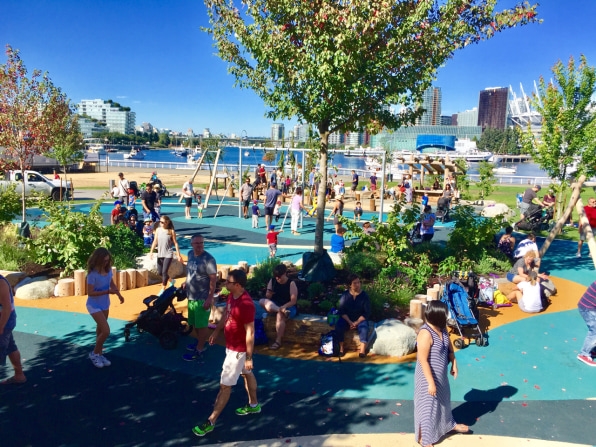
[Photo: courtesy of the author]
Our cities are humanity’s biggest and most important collective effort, the massive, marvelously complex result of all of our great choices, debatable decisions, and really bad mistakes. They’re also the key to saving us from climate change, they drive our national economies, they support (or hinder) our personal health, and much more. So what if we picked some New Year’s resolutions that could improve our individual and family lives, hopefully making us happier, healthier, and more successful, while also improving our cities and communities for everyone?
Here are 25 ways that your choices can translate into better cities. Share them, and your own, using #ResolutionsForMyCity!
1. Vote in municipal elections. Too many of us don’t vote at the government level that most affects our actual lives on a daily basis.
2. Speak at City Hall in support of something good for your community and city, rather than just going to oppose things. And before you oppose something (such as well-designed density, new housing choices, or affordable housing), think carefully about who it’s meant to help, and put yourself in their place.
3. Choose different ways to get around your city. Walk, bike, skateboard, scooter, take public transit, as many times a week as you can. Focus especially on those short trips–for example, buy a shopping trolley and walk to the grocery store if possible. Lobby your leaders for improvements to support more choices, like better infrastructure and slower speed limits.
4. If you’ve never ridden a bike for transportation (as opposed to recreation)–and especially if you oppose safe bike lanes–spend a week riding a bike to work and other places you’d normally drive to. On one of those days, take your kids with you. Think about how you felt on every part of the trip.
5. Walk, bike, or use transit to take your kids to school, and teach them to do so on their own as soon as they’re able. Its safer, healthier, and developmentally better for them, and everyone else, than it is to drive them.
6. Take public transit whenever you can, and while you’re at it, look around at and engage with the real, honest humanity on display that you’re usually blind to when you’re behind the windshield. See my hashtag #GreatThingsThatHappenedOnTransit.
7. When you’re supporting your kid’s interests, chose options that are in your neighborhood or are otherwise “local,” rather than sentencing you and your kids (and everyone else) to have to drive all over the city or region.
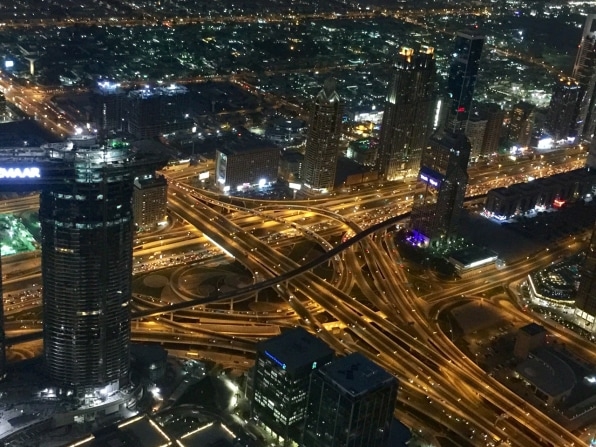
[Photo: courtesy of the author]
8. Before you indulge the urge to complain about “too much traffic” or “not enough parking,” learn all you can about induced demand or the law of congestion, and practice repeating to yourself the truth that “I’m not stuck in traffic, I am traffic.”
9. Take every opportunity you can to participate in civic life. Linger in and enjoy good parks, places, and streets every day, not just during special events. Your very presence and engagement adds life, vitality, and safety to a place, and helps them be more enjoyable for everyone.
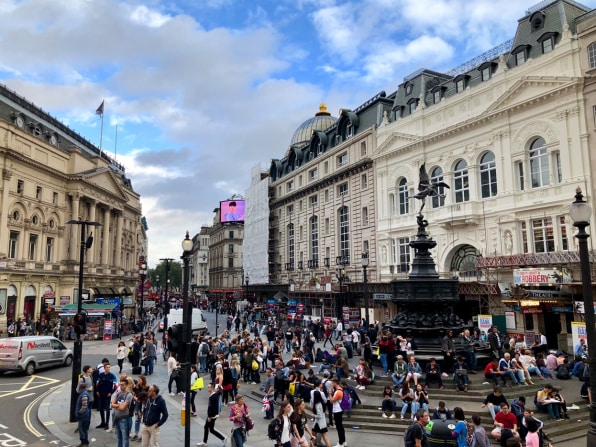
[Photo: courtesy of the author]
10. Tell your elected leaders that you insist on real action on homelessness, starting with actual homes and supportive services, whether you can see its effects in your neighborhood yet or not. Remember that this is about human values, not property values. Remind them that providing homes for the homeless actually saves us all public money. See my hashtag #CityMakingMath.
11. Do everything you can to ensure that immigrants, and especially refugees, feel welcomed, supported, and valued in your community. Your family was very likely at some point in their shoes, and they will make your city better.
12. Open your eyes to whether your city is truly accessible for everyone–every curb cut or lack thereof–for the disabled, people of all ages, and for every parent with a stroller. Find ways to travel a mile in their shoes or chairs, and listen to them. Then amplify their voices in calling for improvements.
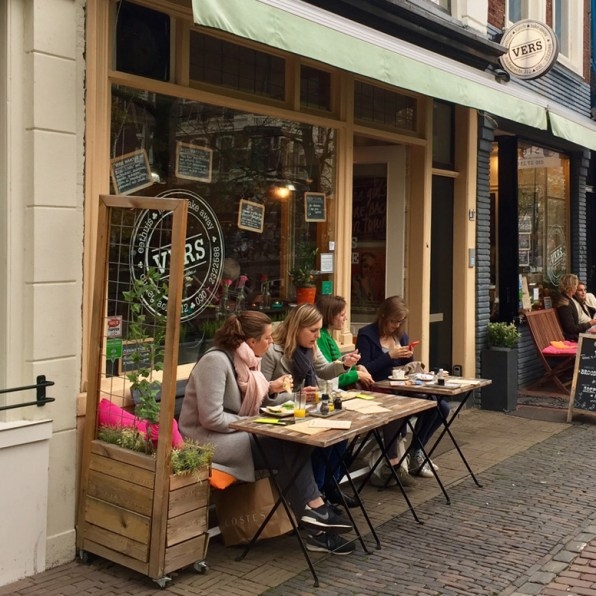
[Photo: courtesy of the author]
13. Support local arts and culture with your feet and dollars every day, so you won’t have to fight to save them when they’re under threat of closure. Support local stores and services, especially those like bookstores and theaters that not only support the local economy more than chains, but also contribute to local culture and character. Support stores, cafes, and other businesses that choose designs that strengthen the sidewalk and street, and contribute to the neighborhood. See my hashtag #StickyStreets.
14. Support your local and downtown public libraries. They aren’t just for books, they are real civic places where public life and community building happen.
15. Support your local public/farmers’ markets (and Christmas market). If you don’t have public markets, lobby for them, and help get one started.
16. Champion “parklets” in front of your favorite stores or cafés/restaurants, converting a parking space to a people place. Tell every shopkeeper you can about the idea. And tell City Hall to make it easy to do.
17. Rethink whether you really need the size of house you think you need. And all the stuff you think you need to fill it. Buy less stuff. Especially big stuff with way too much packaging.
18: Get a car-share membership instead of a car. If your city doesn’t have car share yet, lobby for it as much as you can. It will need changes at City Hall.
19: Plant a tree in your front yard, and fight for street trees on your street, in your neighborhood, and across your city. There are literally dozens of ways they make life better in cities. See my hashtag #StreetsAreBetterWithTrees.
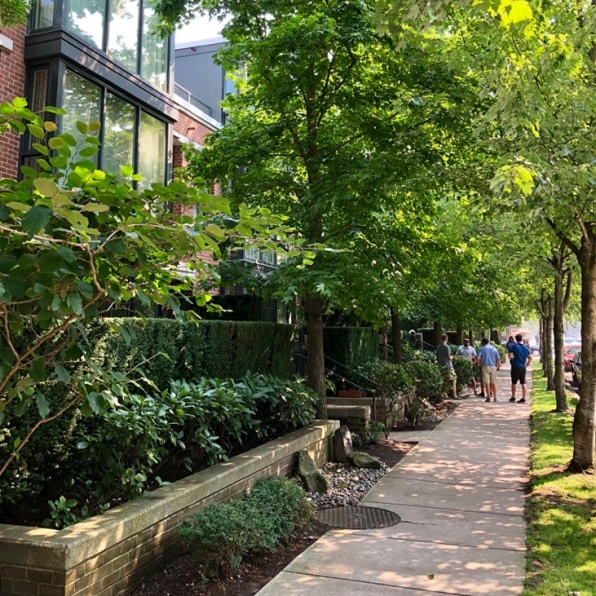
[Photo: courtesy of the author]
20. Find ways to love and support your favorite historical buildings before they are threatened with demolition. They’re a lot easier to save if they’re used and appreciated every day.
21. Get involved with (or create) community and advocacy organizations, especially ones that are for things, not just against things.
22. When it’s budget time at City Hall, pay really close attention. It’s where the truth of your city’s aspirations is revealed. Insist that your political leaders show in detail how their spending decisions actually match the city vision they’ve approved in their plans.
23. Start reading (or read more of) the many great books on smart city making and community building out there, not as a professional, but as an engaged citizen. See my hashtag #UrbanismBookClub.
24. Open your eyes to the beauty in the everyday details and occurrences in your city–in the architecture, design, nature, civic life, and people. Really look around. Once your eyes are opened, you won’t be able to close them again.
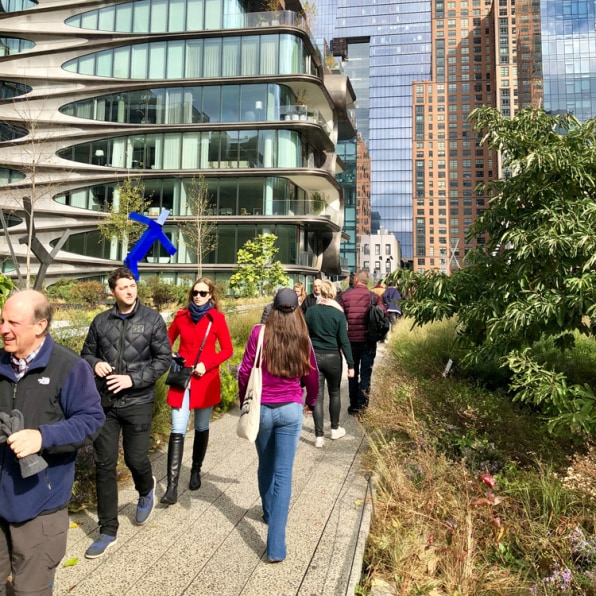
[Photo: courtesy of the author]
25. When you see an opportunity, champion something really big and remarkable in your city, and make it happen. Remember, New York’s outstanding High Line, one of my favorite recently created public places in the world, was started and led by two so-called “ordinary citizens” who chose to do something extraordinary.
You don’t have to resolve to do all 25 of these in order to have a profoundly positive impact on both your life, and the collective life of your city. But I hope you’ll jump in with both feet on a few. Both you and your city will be much better for it.
Brent Toderian is a global thought leader on cities, an acclaimed city planner and urbanist with TODERIAN UrbanWORKS advising cities and progressive developers all over the world, and the former chief city planner for Vancouver, Canada. Follow him on Twitter @BrentToderian.
(21)



